Victoria Abbott Riccardi - Untangling My Chopsticks: A Culinary Sojourn in Kyoto
Here you can read online Victoria Abbott Riccardi - Untangling My Chopsticks: A Culinary Sojourn in Kyoto full text of the book (entire story) in english for free. Download pdf and epub, get meaning, cover and reviews about this ebook. year: 2004, publisher: Broadway Books, genre: Detective and thriller. Description of the work, (preface) as well as reviews are available. Best literature library LitArk.com created for fans of good reading and offers a wide selection of genres:
Romance novel
Science fiction
Adventure
Detective
Science
History
Home and family
Prose
Art
Politics
Computer
Non-fiction
Religion
Business
Children
Humor
Choose a favorite category and find really read worthwhile books. Enjoy immersion in the world of imagination, feel the emotions of the characters or learn something new for yourself, make an fascinating discovery.

- Book:Untangling My Chopsticks: A Culinary Sojourn in Kyoto
- Author:
- Publisher:Broadway Books
- Genre:
- Year:2004
- Rating:5 / 5
- Favourites:Add to favourites
- Your mark:
Untangling My Chopsticks: A Culinary Sojourn in Kyoto: summary, description and annotation
We offer to read an annotation, description, summary or preface (depends on what the author of the book "Untangling My Chopsticks: A Culinary Sojourn in Kyoto" wrote himself). If you haven't found the necessary information about the book — write in the comments, we will try to find it.
Two years out of college and with a degree from Le Cordon Bleu in Paris, Victoria Riccardi left a boyfriend, a rent-controlled New York City apartment, and a plum job in advertising to move to Kyoto to study kaiseki, the exquisitely refined form of cooking that accompanies the formal Japanese tea ceremony. She arrived in Kyoto, a city she had dreamed about but never seen, with two bags, an open-ended plane ticket, and the ability to speak only sushi-bar Japanese. She left a year later, having learned the language, the art of kaiseki, and what was truly important to her.
Through special introductions and personal favors, Victoria was able to attend one of Kyotos most prestigious tea schools, where this ago-old Japanese art has been preserved for generations and where she was taken under the wing of an American expatriate who became her mentor in the highly choreographed rituals of this extraordinary culinary discipline.
During her year in Kyoto, Victoria explored the mysterious and rarefied world of tea kaiseki, living a life inaccessible to most foreigners. She also discovered the beguiling realm of modern-day Japanese foodthe restaurants, specialty shops, and supermarkets. She participated in many fast-disappearing culinary customs, including making mochi (chewy rice cakes) by hand, a beloved family ritual barely surviving in a mechanized age. She celebrated the annual cleansing rites of New Years, donning an elaborate kimono and obi for a thirty-four-course extravaganza. She includes twenty-five recipes for favorite dishes she encountered, such as Chicken and Egg Rice Bowl, Japanese Beef and Vegetable Hotpot, and Green-Tea Cooked Salmon Over Rice.
Untangling My Chopsticks is a sumptuous journey into the tastes, traditions, and exotic undercurrents of Japan. It is also a coming-of-age tale steeped in history and ancient customs, a thoughtful meditation on life, love, and learning in another land.
Victoria Abbott Riccardi: author's other books
Who wrote Untangling My Chopsticks: A Culinary Sojourn in Kyoto? Find out the surname, the name of the author of the book and a list of all author's works by series.

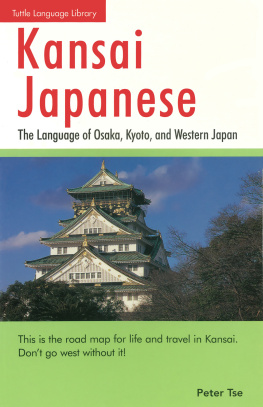
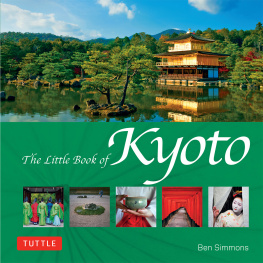
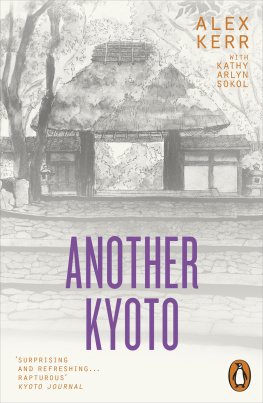
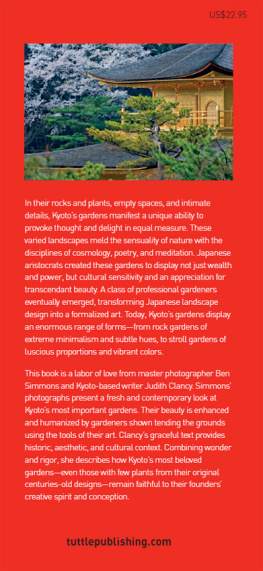

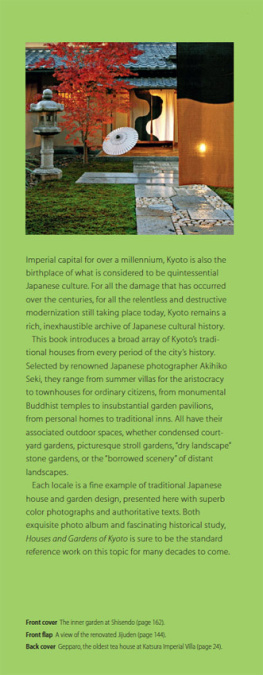
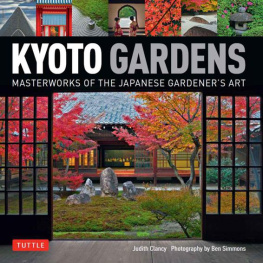
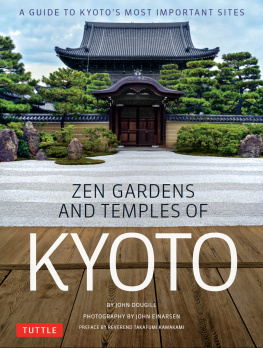
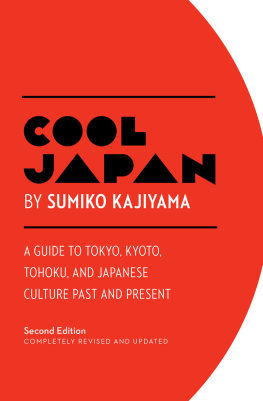
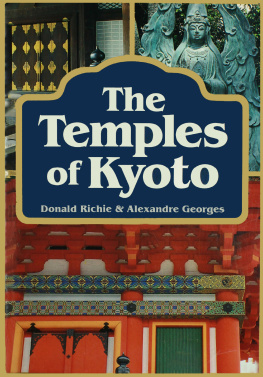
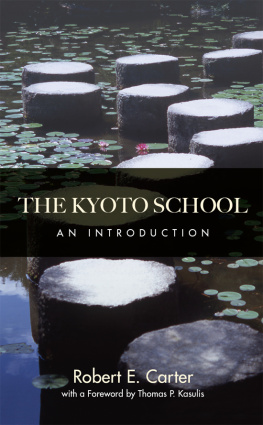
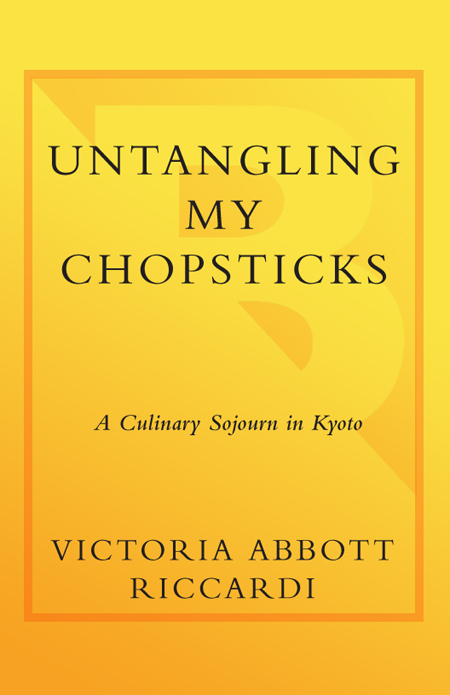
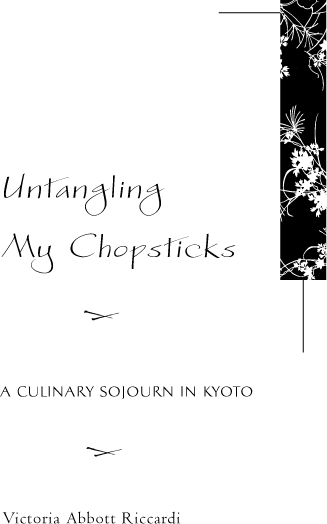





 celebrated my arrival in Kyoto with a dinner of grilled eel, a sublime delicacy in Japan. In the water the fish resembles a ferocious jagged-toothed snake. But when sizzled over hot charcoal it looks like a fillet of sole that has spent the winter in Palm Beach. The skin turns crisp and smoky and the fatty white flesh, basted with a sweet soy syrup, becomes deeply tanned and as succulent as foie gras.
celebrated my arrival in Kyoto with a dinner of grilled eel, a sublime delicacy in Japan. In the water the fish resembles a ferocious jagged-toothed snake. But when sizzled over hot charcoal it looks like a fillet of sole that has spent the winter in Palm Beach. The skin turns crisp and smoky and the fatty white flesh, basted with a sweet soy syrup, becomes deeply tanned and as succulent as foie gras.